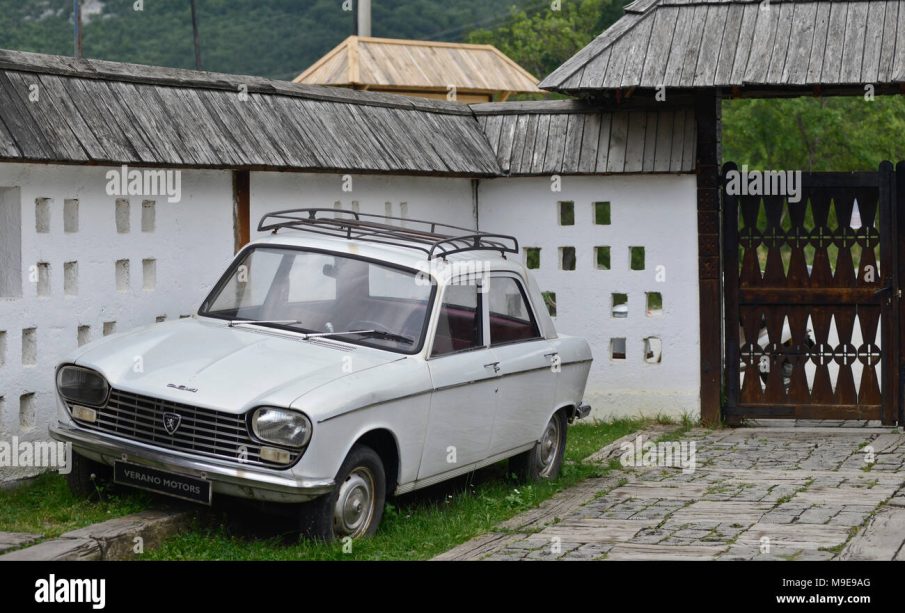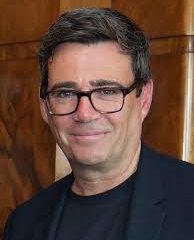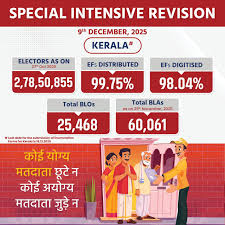Exploring Recent Events and Developments in Serbia

Introduction
As a country steeped in history and cultural diversity, Serbia continues to play a significant role in the Balkan region and Europe. Recent developments in Serbia are attracting attention globally, as they showcase the nation’s evolving political landscape, economic opportunities, and cultural heritage. With ongoing efforts towards EU integration and regional stability, understanding the current events in Serbia is crucial for grasping broader European dynamics.
Political Landscape
In 2023, Serbia’s political scene is primarily defined by the ruling Serbian Progressive Party (SNS) led by President Aleksandar Vučić. Under his leadership, the government has focused on balancing relations with both the West and Russia amidst ongoing geopolitical tensions. The EU’s integration process remains a central goal, with Serbia striving to meet the necessary criteria for accession. Recent discussions with EU leaders have emphasised reforms and cooperation, particularly in areas of rule of law and economic stability.
Economic Developments
Economically, Serbia is witnessing growth, with forecasts indicating a GDP rise of around 3.5% in 2023, according to the World Bank. Key sectors contributing to this growth include technology, manufacturing, and diversified agriculture. The government has been working on attracting foreign investment, especially in technology and renewable energy sectors. Notable international companies, including IT giants, have established operations in Serbia, drawn by its highly skilled workforce and favourable investment climate.
Cultural Heritage and Tourism
Tourism in Serbia is on the rise, bolstered by efforts to promote its rich cultural heritage, including UNESCO-listed sites like the Studenica Monastery and the ancient city of Niš. In 2023, the Serbian government is enhancing its tourism strategy, focusing on eco-tourism, gastronomy, and adventure tourism to attract visitors. Festivals such as the EXIT music festival continue to draw international crowds, highlighting Serbia as a vibrant cultural destination.
Challenges Ahead
Despite these positive developments, Serbia faces challenges, including political opposition viewing the government’s ties with the West as contentious. Socio-economic disparities and environmental concerns also pose long-term challenges that need addressing to sustain growth and stability.
Conclusion
In conclusion, Serbia stands at a crossroads, balancing tradition and modernity while navigating complex political and economic landscapes. As the country strives toward European Union integration, its ongoing developments will be of significant interest to observers both regionally and globally. The prospects for economic growth and cultural revitalisation appear promising, positioning Serbia as a key player in Southeast Europe in the years ahead.









